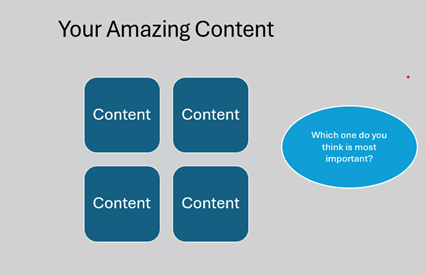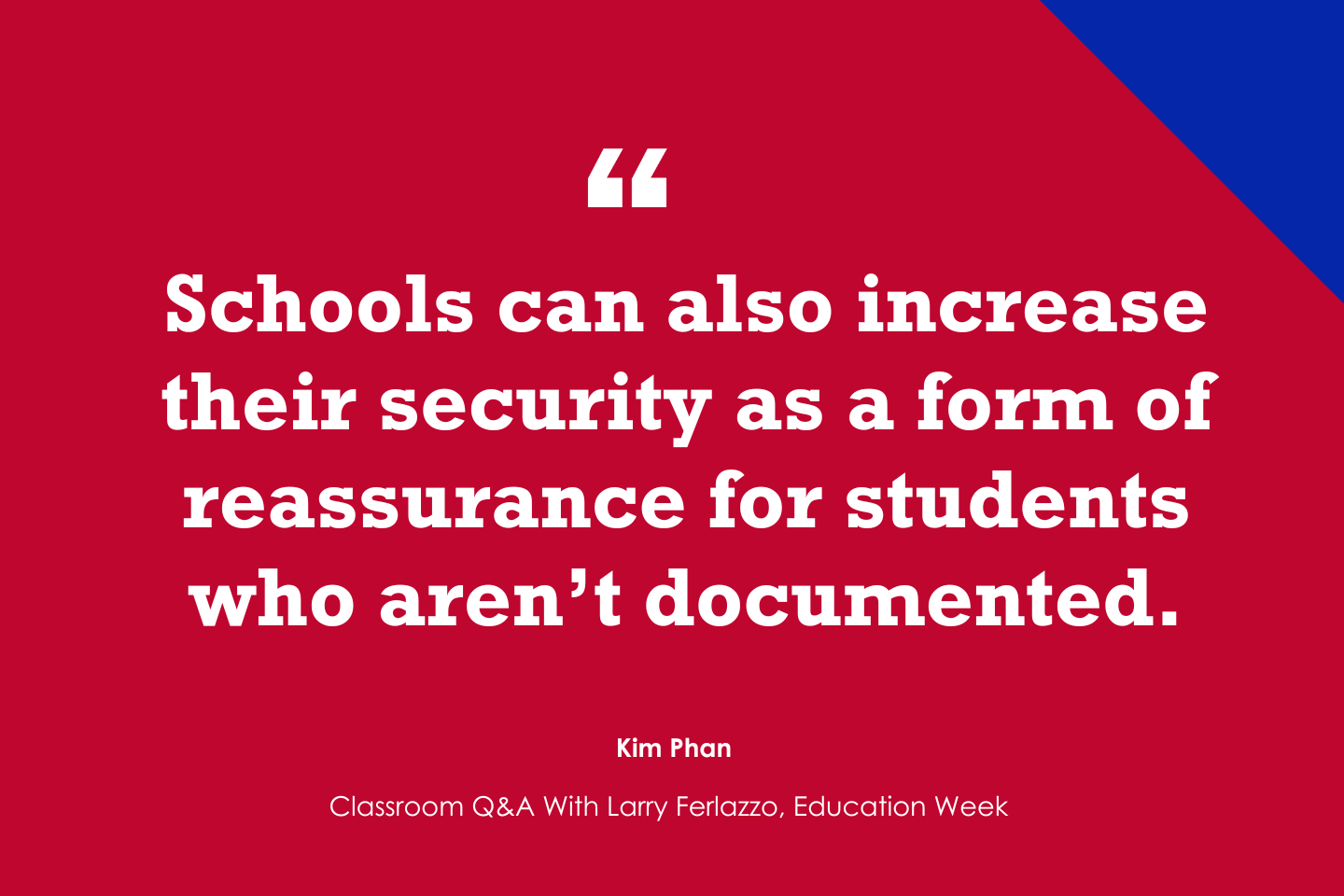OpenClipart-Vectors / Pixabay
I’ve said it before and I’ll say it again: Though I don’t think AI is going to “revolutionize” education, I do think it has the potential of providing some superior opportunities in teaching ELLs.
One way is through differentiation of lesson materials – it’s easy to have a chatbot create a version of a text in an easier lexile level. However, it’s important to remember that kind of modification’s most effective use is to help students develop prior knowledge that will help them access a more complex text.
Another way is through the easy creation of interactive videos for listening practice. Quizizz is great for that (see I Think Quizizz Interactive Videos With AI-Generated Questions May Become Ubiquitous In Classrooms – For Now). ESL Video (A Forgotten (By Me!) Gem That Has Been Rediscovered (By Me & My Students): ESL Video) is an excellent source of videos and quizzes that serve the same purpose, and they, too, have a free AI tool for creating questions. However, it doesn’t seem to me that you can edit them and, until that feature is implemented, I doubt if I’ll be using it.
Despite that critique, though, I’ve decided to subscribe to the premium version of ESL Video because of its “Chattybots” feature to promote speaking practice. It costs five dollars per month, and its chatbot speaks (in audio and text) with a student in a conversation connected to the video they just watched (the student provides audio responses). A transcript of the conversation can then be sent to the teacher (I’m wondering if I could measure the lexile level of the transcript as another element of formative assessment?).
I think speaking practice is where AI can really “shine,” since it’s difficult for a teacher to have a serious one-one-one conversation in the midst of thirty other students.
Speakable is another AI-powered tool for speaking practice. Some features are available for free, but I’ve just purchased their premium version, which costs three times the price of ESL Video (it also seems to offer more, like detailed student feedback).
I’m going to have my Newcomer students try both this semester and see which they prefer, and which is most helpful to my teaching. I hope we all reach the same conclusion!
Since this post is covering how AI can be useful in the different domains, you might also be interested in I Think This Study Shows The Best Way To Use AI To Help ELLs Develop Writing Skills.
I’m adding this post to THE BEST POSTS ABOUT USING ARTIFICIAL INTELLIGENCE WITH ELLS.
I’ve said it before and I’ll say it again: Though I don’t think AI is going to “revolutionize” education, I do think it has the potential of providing some superior opportunities in teaching ELLs. One way is through differentiation of lesson materials – it’s easy to have a chatbot create a version of a AI, ESL Web Larry Ferlazzo’s Websites of the Day…








